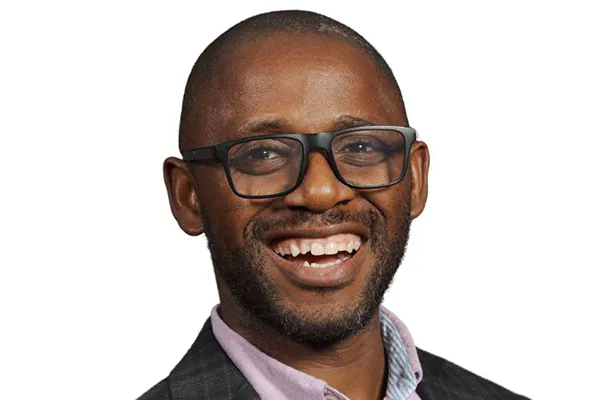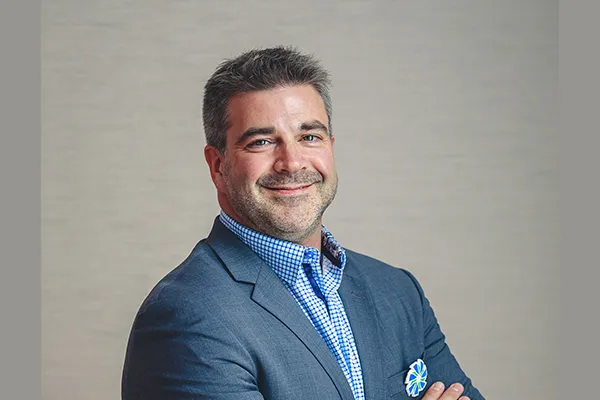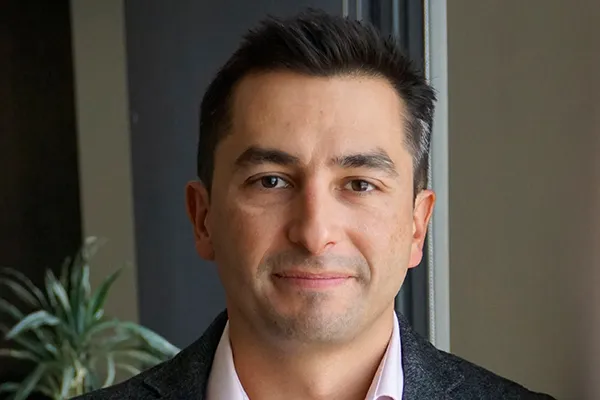

Adopted in 2015, the United Nations 17 Sustainable Development Goals (SDGs) call for action to address a broad swath of issues including poverty, hunger, economic growth, energy, clean water, and infrastructure.
Engineering Deans Canada, the collective leaders of engineering programs at Canadian higher education institutions, believe engineers have an essential role to play in achieving the SDGs. They created six Canadian Engineering Grand Challenges (CEGCs) to help engineers focus on the most pressing and critical issues facing Canada today where engineers can make a tangible difference. They are:
- Resilient infrastructure
- Access to affordable, reliable and sustainable energy
- Access to safe water in all communities
- Inclusive, safe, and sustainable cities
- Inclusive and sustainable industrialization
- Access to affordable and inclusive STEM education
The grand challenges are aimed at the entire engineering community, but the deans felt that the best time to introduce them would be during an engineer’s post-secondary education.
“We really wanted to bring it home to the students that these are challenges your country faces and to focus [your] attention, skills, and intellect on some of these challenges,” says Mary Wells, P.Eng., Chair of Engineering Deans Canada. She says many students arrive at university with a goal or an idea of how they want to change the world for the better, but must fit themselves into the rigid parameters of a specific engineering major.
“[The CEGCs] provide a framework for them to explore those missions that they might have, but then to pair it and connect it to what they're learning in their curriculum,” Wells says.
“The engineering deans took [the SDGs] and they said, where can engineers really see themselves? Where can they contribute directly? They don't necessarily see themselves as a direct contributor to things like no poverty or zero hunger,” says Nadine Ibrahim, P.Eng., Associate Professor of Civil and Environmental Engineering at the University of Waterloo. “That's why [the deans] distilled them down to the six challenges where engineers can really see themselves contributing, and it was made for the Canadian context. I think that's why it's so powerful.”
Viewing their careers through the lens of the CEGCs lets engineering students envision how they can apply the skills they are learning and opens doors to the meaningful work of solving global challenges. And the CEGCs’ stated focus on creating a better life for Canadians and the world aligns with the ethical responsibilities that professional engineers hold.
Wells, Ibrahim, and a number of their colleagues at Canadian universities are currently working in various ways to introduce the CEGCs and help students engage with them.
Teaching the CEGCs
Ibrahim has been a leader in promoting the grand challenges to her students, starting with the second-year civil engineering and sustainable development course she teaches at Waterloo.
“In the very first lecture, I introduce them to the Canadian Engineering Grand Challenges,” she says. Because of that early groundwork, she says, once students reach their fourth year and choose a topic for their capstone design project, they intuitively try to attach it to one of the grand challenges.
Ibrahim and her colleagues, engineering professors Christine Moresoli at the University of Waterloo and John Donald, P.Eng., at the University of Guelph, were also able to secure funding from eCampus Ontario to create an online textbook called Enabling the Canadian Engineering Grand Challenges for Educators. Published in 2023, it includes case studies focused on Canadian cities and communities, and is available free of charge in both English and French.
CEGC Champions program
The University of Waterloo and McMaster University recently introduced the CEGC Champions program, and several other universities, including McGill in Montreal, plan to come on board shortly. The program allows engineering students to demonstrate how they have engaged with the grand challenges in or outside of the classroom, and to share their thoughts and learnings.
“Students who see themselves contributing to the grand challenges—either in a course, a work experience, an internship, a student club, volunteer experience—would submit it as a three-minute video and one PowerPoint slide, and they earn a Champions badge,” Ibrahim explains. Each participating institution will offer an opportunity for CEGC Champions to showcase their achievements to a wider audience. At Waterloo, Champions will see their videos posted online, be invited to have lunch with the Dean of Engineering, and have the chance to meet like-minded engineering students from other institutions.
Lead-a-thons
At Guelph, Donald and his colleagues are tying the grand challenges to the concept of leadership, which he says is often not taught in an explicit way to engineering students.
“One of the things the CEGCs can do is point to the need for engineers to step up and actually take leadership roles in this space, not just be technology solvers. It's important for them to be comfortable with also leading and shaping and stewarding,” he says.
That perspective is made evident in several lead-a-thon events that Donald and his team at Guelph have hosted. During a lead-a-thon, students learn about leadership in an engineering context and complete exercises related to their personal values and strengths.
“Once we've done that, we introduce them to the Canadian engineering grand challenges and then we say, here's a challenge in a community, and they compete to see who can create the most sustainable solution,” Donald says.
The twist is that students are not asked to solve a technical issue, as in most engineering competitions, but to find a solution that works for the community by examining stakeholder dynamics and other issues using those leadership skills.
“They are defining the problem, defining the solution, relating it to their values and how they would try to lead that process,” says Donald.
Engaging with municipalities
Ibrahim also serves as the Turkstra Chair in Urban Engineering, whose mandate is to work closely with cities on sustainable infrastructure. Each year, she hires an Engineer-in-Residence at a different municipality who offers some of their time to work with engineering students on various projects.
“I actually give them the task of showcasing projects from their municipalities that address the Canadian Engineering Grand Challenges. At the very beginning, [the Engineers-in-Residence] don't know what it is. So I have to tell them what it is, and then they're like, ‘yeah, we do all that,’” says Ibrahim.
At the end of their residency, each Engineer-in-Residence co-creates, with students, a promotional publication about their municipality’s sustainable projects framed in the context of the grand challenges.
“And they say, you know what? We want to use this in our municipalities to leverage other things. We're getting our comms team on it.”
On the horizon
With more schools joining the CEGC Champions pilot program, Wells and Ibrahim hope it will gain traction and raise awareness about the grand challenges among students across Canada, though Ibrahim says more outreach is needed.
Wells says one of the goals for the grand challenges is to expand engineering students’ skill sets beyond problem-solving to include problem definition, communicating with others, and understanding the larger issues at stake.
“[The CEGCs are] really pushing out of our comfort zones, but I think it's well worthwhile and will lead to huge opportunities for engineers to contribute even more significantly than they have been.”
More in this series

Ayo Daniel Abiola believes more sustainable buildings are possible and essential

Ryan Dunbar: Using engineering to help Indigenous communities succeed and thrive

Amaury Camarena is using engineering to protect and preserve Canada’s coastal regions

